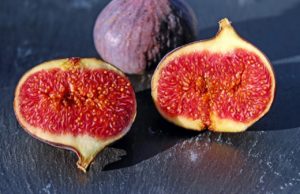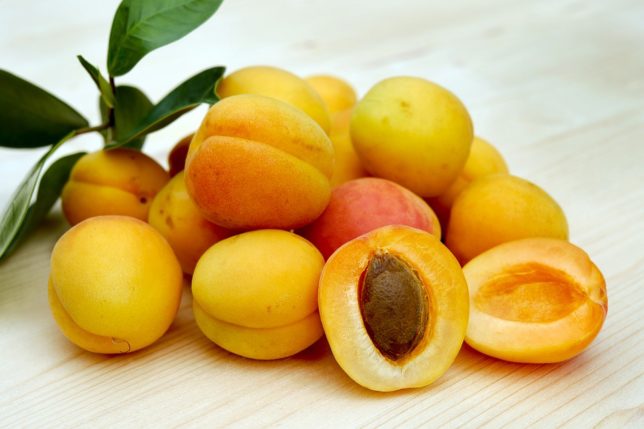
It’s that time of year again for growing your own backyard fruit. Let’s all set a goal that is easier to achieve, but still makes us feel great! You can grow more things here in the valley than most places the world. We get enough frost to produce delicious stone fruit, and with a little protection from cold weather, you can also grow avocados. You can start pomegranates and berries now that you can actually enjoy this year.
And not just fruit! grow veggies as well. Potatoes are the easiest, most productive root veggie to start right now, next to your fig tree.
This is the time of year where we have the widest selection of fruit trees and is also a great time to get them in the ground.
We can’t explain the difference of harvesting your own backyard fruit and vegetables from buying them in the store (organic or not), but you will certainly, know the difference. It’s a matter of taste. You can also sleep well at night knowing that you have complete control over the plant care products you use.
Fresh Taste
Nothing beats the taste of a sun-warm, tree-ripened fruit picked straight from the tree in your own yard. You know it’s fresh, juicy and with the right cultivation, pesticide and chemical-free which you can’t always say about store bought fruit, which is often held in cold storage for months and has been treated with who-knows-what to get that perfect market appearance!
We have a sizable inventory of fruit trees, berries, and grapes available for your backyard fruit collection. We plant all of our trees in bio-degradable pulp pots which prevent damage to the roots. This means you’ll have even more success than with traditional bare root plants.
Start a farmers market in your backyard, and don’t be shy to share with us how great your food is!
Multiple Uses of Backyard Fruit Trees
Consider using fruit trees in the yard to provide shade or block unwanted views. You don’t need a lot of space. Grow an espaliered apple or pear along your fence or wall train a grape or kiwi up over an arbor or trellis, plant a dwarf peach or apple in a container on your deck. Plant a combination multi-graft tree – it will give you a summer of fruit!
Varieties on our list are selected to be successful in our area. Also, there is a choice of two different combination Fruit Salad trees and over 20 varieties of grapes.
We just brought in a full range of Dave Wilson container-grown blueberries, pomegranates, and figs that will complement the new season bare root collection.
Here are just a few to consider:
Blueberries, we’ve selected great varieties that thrive in our climate. Choose from Sunshine Blue, South Moon, Misty, Jubilee, Jewel, O’Neal and Sharp Blue. We recommend preparing the soil with acid planting mix and locating the plants in morning sun until 1:00 for best results.
Figs and Pomegranates were born to live in our valley. These Mediterranean plants love our climate, are water-wise and thrive with very little care.
Figs: Brown Turkey, Kadota, Black Mission and Peter’s Honey.
Pomegranates: My new favorite Ambrosia is the sweetest pomegranate you’ll ever eat. Grenada, Wonderful, Eve, Eversweet & Parfianka are among our collection.
So come in and meet our expert staff. They’ll be happy to help you choose the correct varieties based on ripening times, taste and space availability. We’ll provide you with planting instructions and all the necessary items and knowledge to get you growing.
Whether you have space for a whole orchard or just a single tree – come in and see our extensive selection and soon you’ll be picking ripe fruit from your garden.
See our backyard fruit tree collection here.
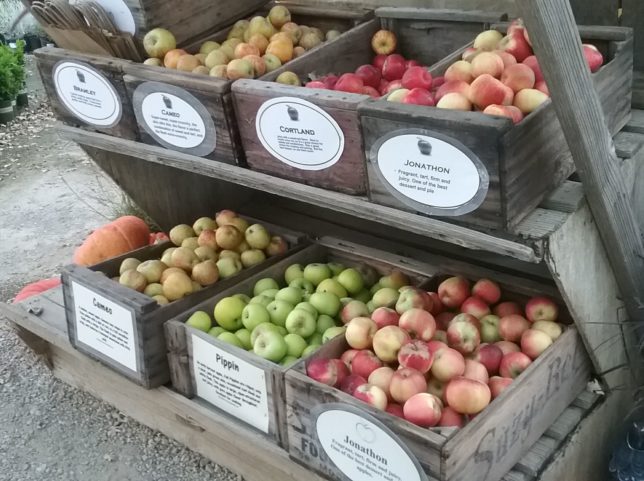
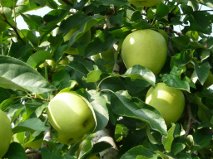
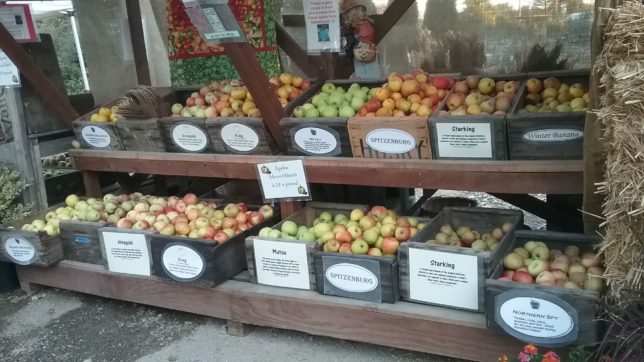

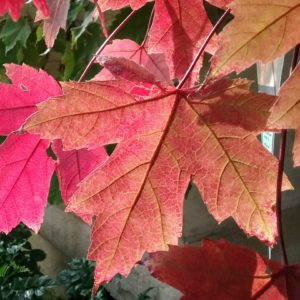 Fall is in the air, leaves are changing colors, temperatures are cooling and pumpkins once again, are everywhere in sight. And it’s also a perfect time of the year to plant a tree – especially a colorful deciduous one.
Fall is in the air, leaves are changing colors, temperatures are cooling and pumpkins once again, are everywhere in sight. And it’s also a perfect time of the year to plant a tree – especially a colorful deciduous one.
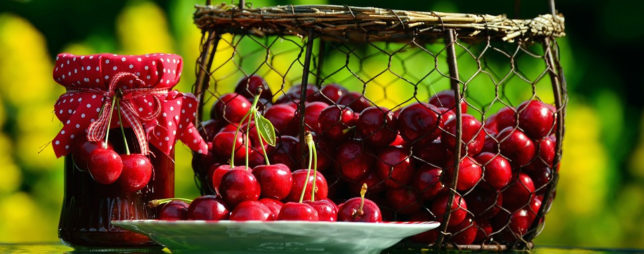
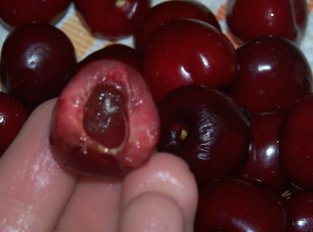 Spotted Wing Drosophila or Cherry Fruitfly is affecting cherries and other soft-bodied fruits such as berries in California. Numerous gardeners have complained about finding the little white worms in cherries just at harvest time.
Spotted Wing Drosophila or Cherry Fruitfly is affecting cherries and other soft-bodied fruits such as berries in California. Numerous gardeners have complained about finding the little white worms in cherries just at harvest time.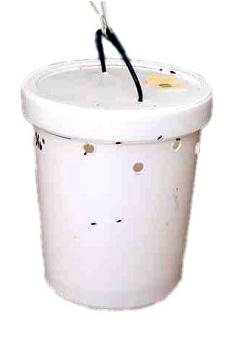 Oregon State Extension has a nice collection of videos to help wth the control of Spotted Wing Drosophila Fly.
Oregon State Extension has a nice collection of videos to help wth the control of Spotted Wing Drosophila Fly.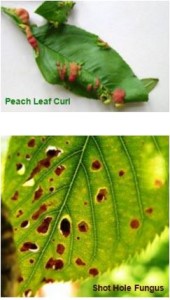 February into Spring (About Valentines)
February into Spring (About Valentines)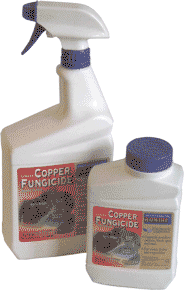 For control of fire blight in apples and pears, (if your trees have a history of fire blight,) Spray with Bonide Liquid Copper Fungicide every 5 days during the bloom cycle.
For control of fire blight in apples and pears, (if your trees have a history of fire blight,) Spray with Bonide Liquid Copper Fungicide every 5 days during the bloom cycle.